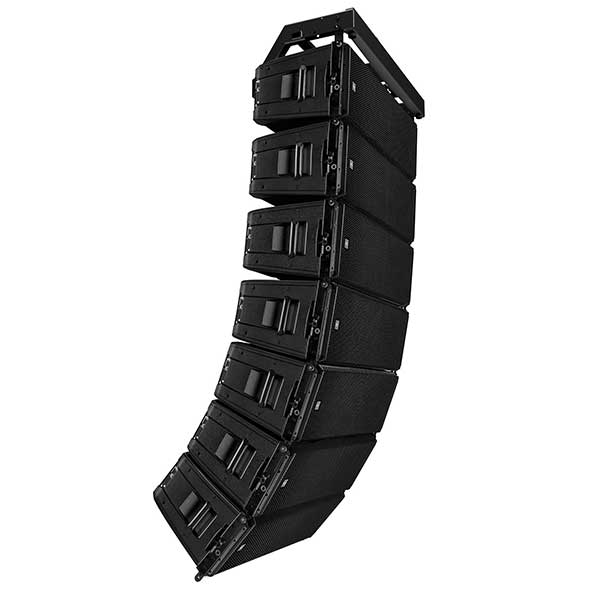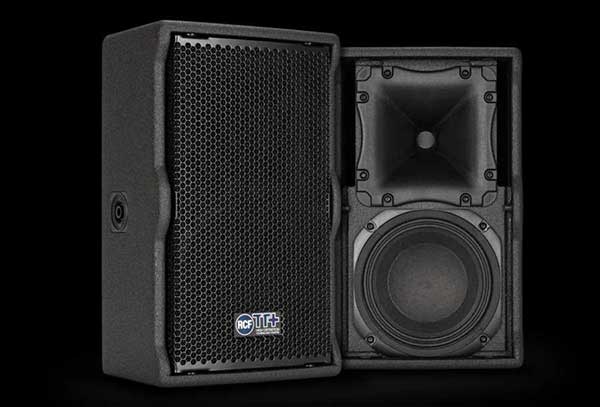RCF TT 08-A II & HDL 50-A 4K Now Shipping

Pro audio solutions manufacturer RCF has announced that their TT 08-A II loudspeaker & HDL 50-A 4K line array are now shipping.
RCF’s TT 08-A II active two-way loudspeaker is now shipping. The smallest member of the TT+ family, the speaker is suitable for applications from live sound to playback and monitoring, corporate events and broadcast studios.
The TT 08-A II offers a maximum sound pressure level of 128dB; onboard DSP provides linear phase filters and crossover, system equalisation, polarity control, fast limiter, RMS limiter and configuration control from the back panel or advanced management via RDNet. The advanced FiRPHASE filtering algorithm optimises dynamics, amplitude and phase patterns while ensuring minimum system latency.

Onboard DSP provides linear phase FiRPHASE processing, system equalisation, polarity control, fast limiter, RMS limiter, and configuration control. All features are accessible and adjustable on the rear panel or remotely via RDNet networked management.
The TT 08-A II offers high sound pressure levels with clarity for use as a main system or in-fill speaker. The cabinet is made of Baltic birch plywood coated with a heavy-duty polyurea paint, making it highly resistant to external damage.
On the other hand, reportedly, HDL 50-A 4K is the company’s most powerful HDL line array module, with an internal amplifier pushing 8000W peak power under the hood. The amplifier module is available as an upgrade for current HDL 50-A owners, the company has said.
The HDL 50-A 4K is an active three-way line array module designed for large-sized events, indoors and outdoors. It features a sound pressure level of 143 dB SPL with a built-in Class-D 4000 W RMS four-channel amplifier. Equipped with eight transducers, it offers playback quality ideal for high performing musical applications. The proprietary 90 x 10° 4PATH waveguide, paired with the symmetrical design of the cabinet delivers coherent coverage. Each of the four 4K amplifier modules operates at very low impedance producing a quick and detailed transient response, while the high damping factor improves sound quality and detail.